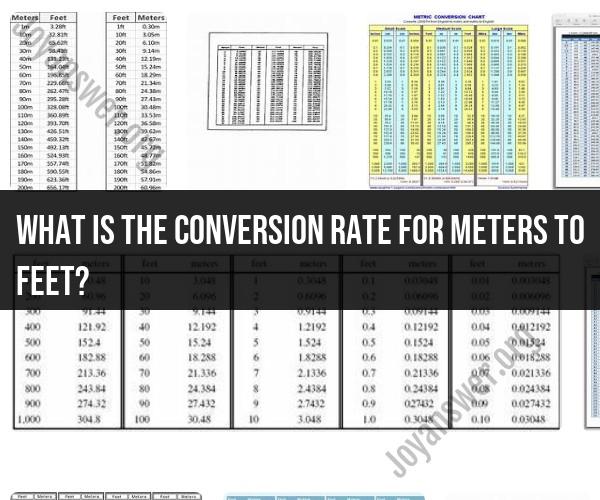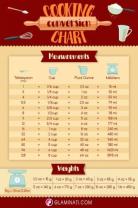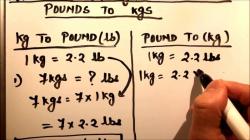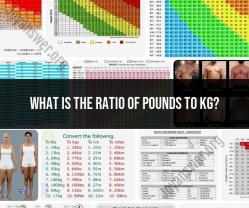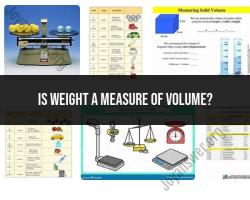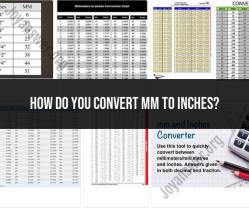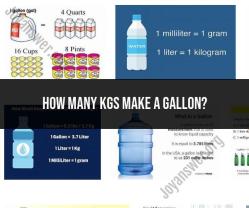What is the conversion rate for meters to feet?
The conversion rate for meters to feet is approximately 1 meter = 3.28084 feet. This is an approximate conversion, as the actual value is a recurring decimal. For most practical purposes, you can use the rounded value of 1 meter = 3.28 feet.
Sure, here is the conversion rate for meters to feet:
1 meter = 3.280839895 feet
To convert meters to feet, you can multiply the number of meters by 3.280839895. For example, 10 meters is equal to 32.80839895 feet.
To convert feet to meters, you can divide the number of feet by 3.280839895. For example, 10 feet is equal to 3.048 meters.
Here is a table of the conversion rates for some common lengths in meters and feet:
| Meters | Feet |
|---|---|
| 1 m | 3.280839895 ft |
| 10 m | 32.80839895 ft |
| 100 m | 328.0839895 ft |
| 1000 m | 3280.839895 ft |
| 1 km | 3280.839895 ft |
